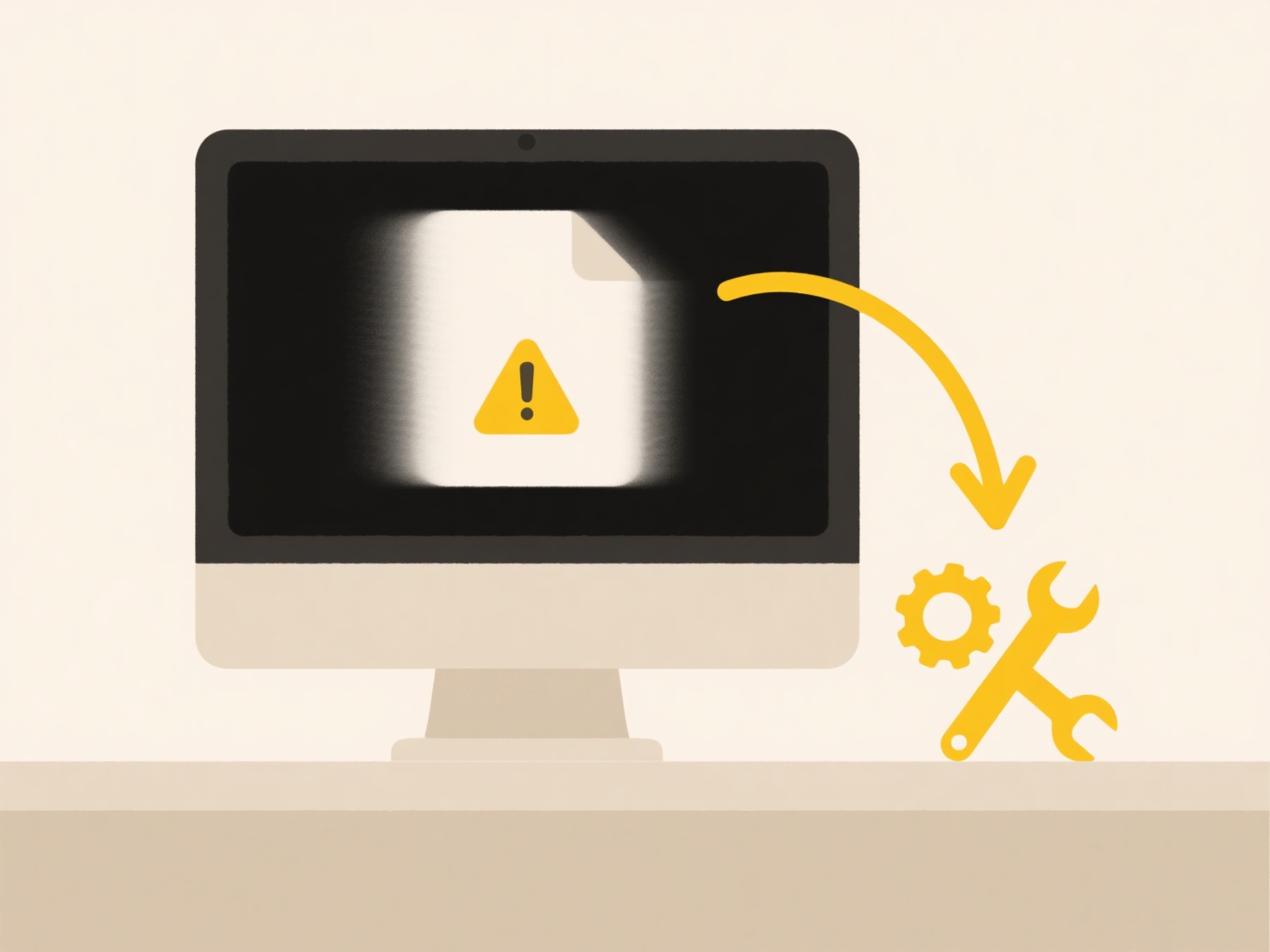
Files typically open with unexpected applications when your operating system’s default file associations are changed. Each file type (identified by its extension like .jpg or .pdf) is linked to a specific program. This setting controls which app automatically launches when you double-click a file. If an app update, software installation, or manual setting change alters this link, your file may open incorrectly.

For example, installing a new photo manager could reset .png files to open with that app instead of your preferred editor. On Windows, iOS, Android, or macOS, a system-wide preference (like "Open with > Always") might override your typical settings. This also occurs when transferring files between devices with different default apps, such as opening a video file on a new computer where the default player differs.
The primary advantage is automated convenience, but limitations include user confusion when settings shift unexpectedly. Future developments aim for smarter detection (like content-based defaults) to reduce errors. While not an ethical concern, frequent mismatches highlight usability challenges, particularly for less technical users. Regularly reviewing settings post-installation helps maintain intended functionality.
Why does my file open with the wrong application?
Files typically open with unexpected applications when your operating system’s default file associations are changed. Each file type (identified by its extension like .jpg or .pdf) is linked to a specific program. This setting controls which app automatically launches when you double-click a file. If an app update, software installation, or manual setting change alters this link, your file may open incorrectly.

For example, installing a new photo manager could reset .png files to open with that app instead of your preferred editor. On Windows, iOS, Android, or macOS, a system-wide preference (like "Open with > Always") might override your typical settings. This also occurs when transferring files between devices with different default apps, such as opening a video file on a new computer where the default player differs.
The primary advantage is automated convenience, but limitations include user confusion when settings shift unexpectedly. Future developments aim for smarter detection (like content-based defaults) to reduce errors. While not an ethical concern, frequent mismatches highlight usability challenges, particularly for less technical users. Regularly reviewing settings post-installation helps maintain intended functionality.
Quick Article Links
What is a “conflicted copy” in Google Drive?
A conflicted copy is a backup file automatically created by Google Drive when it detects an editing conflict in a file. ...
How do I organize files by project?
Organizing files by project means grouping all digital resources related to a specific task, goal, or initiative into de...
How do I search files by tags?
Searching files by tags involves locating documents using descriptive keywords you assign, instead of relying on filenam...